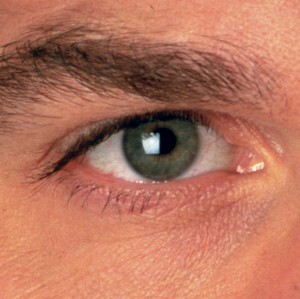by
Glenda Fauntleroy, DOTmed News | July 08, 2011

New treatment may save sight
Diabetes patients suffering from the serious complication of diabetic retinopathy may soon have use of a device that releases treatment medication on demand, according to new research.
Diabetic retinopathy, a disease that damages the retina, is the leading cause of blindness among adults with diabetes between the ages of 20 and 74, according to the American Diabetes Association. In 2005-2008, the ADA reports that 4.2 million people with diabetes (28.5 percent) aged 40 years or older had the disease.
Developers of the new device report their invention can be implanted behind a patient's eye to deliver drugs to help treat the disease and prevent blindness. Details of the research appear in the current issue of the journal Lab on a Chip.



Ad Statistics
Times Displayed: 109945
Times Visited: 6642 MIT labs, experts in Multi-Vendor component level repair of: MRI Coils, RF amplifiers, Gradient Amplifiers Contrast Media Injectors. System repairs, sub-assembly repairs, component level repairs, refurbish/calibrate. info@mitlabsusa.com/+1 (305) 470-8013
"We wanted to come up with a safe and effective way to help diabetic patients safeguard their sight," lead author Mu Chiao, a mechanical engineering associate professor at the University of British Columbia in Vancouver, told Science Daily.
Currently, diabetes retinopathy is treated by two methods. One method is with photocoagulation-laser therapy, where tiny burns are made on the retina to seal the blood vessels. Anti-cancer drugs including docetaxel, commonly used to treat breast, lung, and other cancers, may also be used to treat the retinopathy. However, anti-cancer compounds clear quickly from the bloodstream so high doses are required, exposing other tissues to toxicity, according to Science Daily.
The researchers reported their magnetically controlled MEMS device can provide on-demand controlled release of an appropriate dose of docetaxel to treat diabetic retinopathy for 35 days. The device consists of a drug-loaded microreservoir sealed by an elastic magnetic PDMS (polydimethylsiloxane) membrane. By applying a magnetic field, the magnetic PDMS membrane deforms, causing the discharge of the drug solution from the device.
This new device offers improvements upon existing implantable devices for drug delivery, said Chiao.
"Technologies available now are either battery operated and are too large for treating the eye, or they rely on diffusion, which means drug release rates cannot be stopped once the device is implanted, which is a problem when patients' conditions change."
Developers said it might be a few years before the device is ready for patient use.

